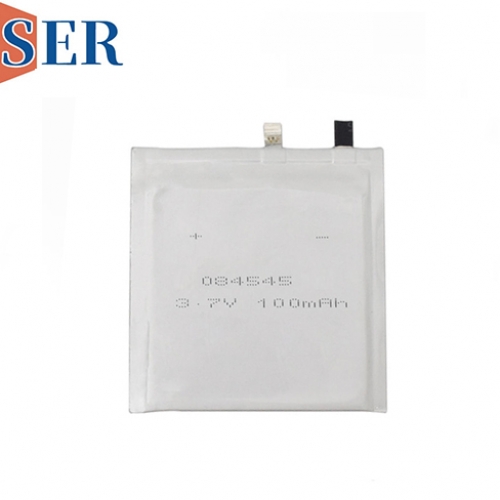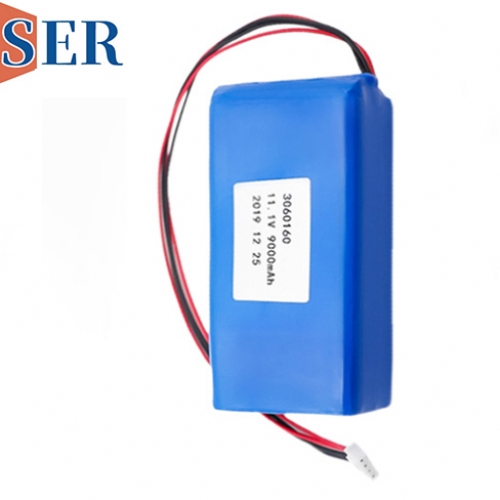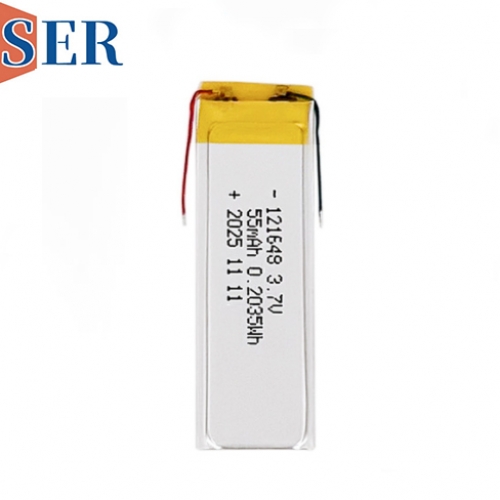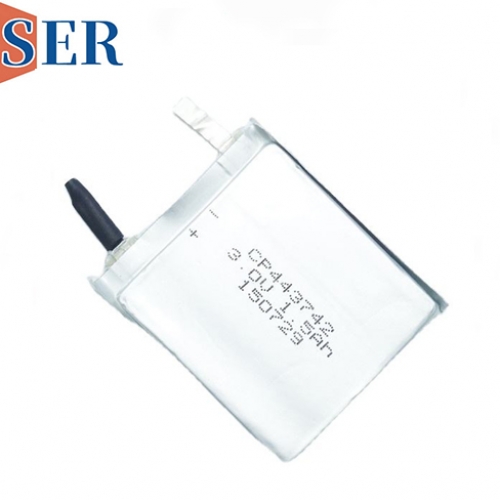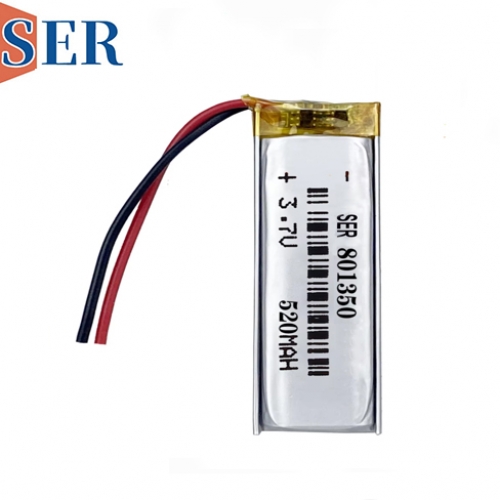The Flat LiMnO₂ Batteries CP224248 and primary Ultra-Thin Pouch Cells battery CP502530
The Flat LiMnO₂ Batteries CP224248 and primary Ultra-Thin Pouch Cells battery CP502530
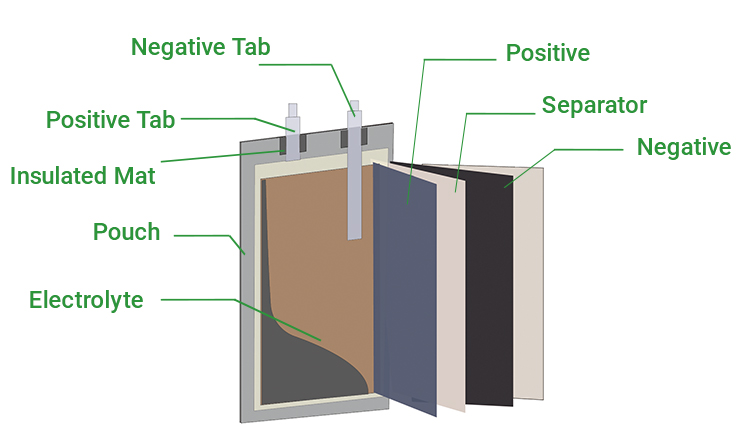
Introduction
In the rapidly evolving landscape of the Internet of Things (IoT), Electronic Shelf Labels (ESL), RFID, and GPS technologies, the demand for reliable, high-performance, and compact power sources has never been greater. These cutting-edge applications require batteries that can deliver consistent energy over extended periods while occupying minimal space. Enter Flat LiMnO₂ Batteries CP224248 and Ultra-Thin battery Pouch Cells CP502530 – two innovative solutions that are reshaping the way we power these advanced devices.
Understanding Flat LiMnO₂ Batteries CP224248
The Chemistry Behind LiMnO₂ Batteries
Lithium Manganese Dioxide (LiMnO₂) batteries are a type of primary lithium battery that has gained significant popularity due to their excellent energy density, stable voltage output, and long shelf life. The positive electrode of these batteries is composed of manganese dioxide (MnO₂), while the negative electrode is made of lithium metal. The electrolyte, typically a lithium salt dissolved in an organic solvent, facilitates the movement of ions between the electrodes during discharge.
One of the key advantages of LiMnO₂ batteries is their high energy density. This means that they can store a large amount of energy relative to their size and weight, making them ideal for applications where space and weight are critical factors. Additionally, LiMnO₂ batteries exhibit a relatively flat discharge curve, which ensures a stable voltage output throughout most of their discharge cycle. This stability is crucial for devices that require a consistent power supply to function properly.
Features of Flat LiMnO₂ Batteries CP224248
The Flat LiMnO₂ Batteries CP224248 take these advantages to the next level with their unique flat design. This flat form factor offers several benefits over traditional cylindrical batteries:
Space Efficiency: The flat shape allows for more efficient use of space within the device. In applications like ESLs, where multiple batteries may be required to power a large number of labels, the flat design enables a more compact and streamlined installation. This not only saves space but also reduces the overall weight of the device, which is particularly important for portable or wearable IoT devices.
Improved Heat Dissipation: The flat structure provides a larger surface area for heat dissipation compared to cylindrical batteries. This helps to prevent overheating, especially during high-drain applications, ensuring the longevity and reliability of the battery.
Customizable Form Factor: The flat design of the CP224248 batteries can be easily customized to fit the specific requirements of different devices. Manufacturers can tailor the dimensions and shape of the battery to match the available space within the device, providing greater design flexibility.
In addition to their flat design, the CP224248 batteries offer a capacity of 750mAh at a nominal voltage of 3V. This high capacity ensures that the batteries can power devices for extended periods without the need for frequent replacements. For example, in ESL applications, where the labels may need to operate continuously for months or even years, the long-lasting power of the CP224248 batteries can significantly reduce maintenance costs and improve operational efficiency.
Exploring Ultra-Thin battery Pouch Cells CP502530
What are Pouch Cells?
Pouch cells are a type of lithium-ion battery that are characterized by their flexible, aluminum-laminated packaging. Unlike traditional cylindrical or prismatic batteries, which use rigid metal cases, pouch cells offer several advantages in terms of design flexibility, energy density, and safety.
The flexible packaging of pouch cells allows them to be manufactured in a variety of shapes and sizes, making them ideal for applications where space is at a premium. Additionally, pouch cells can achieve higher energy densities compared to other battery types because they do not require the additional space for a rigid case. This means that more active material can be packed into the same volume, resulting in a higher capacity battery.
The Ultra-Thin Advantage of CP502530 battery
The Ultra-Thin battery Pouch Cells CP502530 take the benefits of pouch cell technology to new heights with their extremely thin profile. These batteries are designed to meet the demands of the most space-constrained applications, such as smart cards, wearable sensors, and miniature IoT devices.
Extreme Thinness: The CP502530 batteries are incredibly thin, with a profile that allows them to be easily integrated into even the slimmest of devices. This thinness is achieved through advanced manufacturing techniques and the use of high-performance materials, which enable the battery to maintain its structural integrity while minimizing its thickness.
High Energy Density: Despite their thin design, the CP502530 batteries offer a high energy density, ensuring that they can provide sufficient power to run the device. This is achieved through the optimization of the battery's electrode materials and electrolyte composition, which allows for efficient energy storage and release.
Excellent Safety Performance: Safety is a top priority in battery technology, especially for applications that are worn on the body or used in sensitive environments. The CP502530 batteries incorporate multiple safety features, such as overcharge protection, over-discharge protection, and short-circuit protection, to prevent thermal runaway and other potential hazards.
Applications in Sensor Technology
One of the key applications for the Ultra-Thin Pouch Cells CP502530 is in sensor technology, particularly in the field of IoT and GPS. Sensors used in these applications often require a small, lightweight, and long-lasting power source to transmit data wirelessly. The CP502530 batteries are well-suited for this task, as they can provide the necessary power while occupying minimal space within the sensor.
For example, in GPS tracking devices for pets or assets, the CP502530 batteries can power the device for extended periods, allowing for continuous tracking without the need for frequent battery changes. Similarly, in environmental sensors used for monitoring air quality, temperature, or humidity, the small size and long life of the CP502530 batteries make them an ideal choice for powering the sensor in remote or hard-to-reach locations.
Synergy Between Flat LiMnO₂ Batteries CP224248 and Ultra-Thin Pouch Cells CP502530 in ESL, IoT, RFID, and GPS Applications
ESL Applications
In the world of Electronic Shelf Labels, both the Flat LiMnO₂ Batteries CP224248 and Ultra-Thin Pouch Cells CP502530 play important roles. The CP224248 batteries, with their high capacity and flat design, are well-suited for powering larger ESLs that may require more energy to display complex information or update frequently. On the other hand, the CP502530 batteries can be used in smaller, more compact ESLs that are designed for space-constrained environments, such as on product shelves or in display cases.
The combination of these two battery types allows retailers to choose the most appropriate power solution for their specific ESL needs, ensuring optimal performance and cost-effectiveness. Additionally, the long life of both battery types reduces the need for frequent battery replacements, which can be a time-consuming and costly process in large retail environments.
IoT and RFID Applications
In IoT and RFID applications, where devices are often deployed in large numbers and in diverse environments, the reliability and performance of the power source are critical. The Flat LiMnO₂ Batteries CP224248 and Ultra-Thin Pouch Cells CP502530 offer the necessary reliability and performance to meet the demands of these applications.
The CP224248 batteries can power high-drain IoT devices that require a stable and long-lasting power supply, such as smart meters, industrial sensors, or asset tracking devices. Their flat design and high capacity make them ideal for these applications, where space and energy efficiency are essential.
The CP502530 batteries, with their ultra-thin profile and high energy density, are perfect for powering small, low-power IoT and RFID devices, such as wearable sensors, smart tags, or miniature tracking devices. Their small size allows them to be easily integrated into these devices without adding significant bulk, while their long life ensures that the devices can operate for extended periods without the need for battery replacement.
GPS Applications
GPS applications, such as vehicle tracking, personal navigation, or asset management, require batteries that can provide a stable power supply over long periods, especially in remote or challenging environments. Both the Flat LiMnO₂ Batteries CP224248 and Ultra-Thin Pouch Cells CP502530 are well-suited for these applications.
The CP224248 batteries can power GPS devices that require a higher capacity to transmit data frequently or operate in high-power modes. Their flat design allows for efficient installation within the device, while their long life ensures reliable tracking performance.
The CP502530 batteries can be used in smaller GPS devices, such as personal trackers or pet collars, where space is limited. Their ultra-thin profile and high energy density make them an ideal choice for these applications, providing the necessary power without compromising on the device's size or weight.
Conclusion
The Flat LiMnO₂ Batteries CP224248 and Ultra-Thin Pouch Cells CP502530 represent two significant advancements in battery technology that are driving the growth and innovation of ESL, IoT, RFID, and GPS applications. With their unique features, such as flat design, high capacity, ultra-thin profile, and excellent safety performance, these batteries offer a reliable and efficient power solution for a wide range of devices.
As the demand for connected devices continues to grow, the need for high-performance, compact, and long-lasting batteries will only increase. The CP224248 and CP502530 batteries are well-positioned to meet these demands, enabling the development of more advanced and innovative devices that can transform the way we live, work, and interact with the world around us. Whether it's in retail, logistics, healthcare, or any other industry, these batteries are set to play a crucial role in powering the future of technology.

